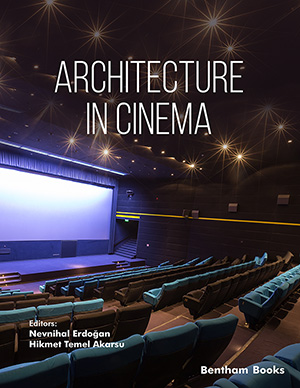Abstract
SHS investigation development is considered from the geographical and historical viewpoint. 3 stages are described. Within Stage 1 the work was carried out in the Department of the Institute of Chemical Physics in Chernogolovka where the scientific discovery had been made. At Stage 2 the interest to SHS arose in different cities and towns of the former USSR. Within Stage 3 SHS entered the international scene. Now SHS processes and products are being studied in more than 50 countries.
Abstract
Brazil, the movie, directed by Terry Gilliam and released in 1985, provides architects and designers with fertile ground to rethink the relationship between infrastructure and the built environment, as well as the role of infrastructure in organizing, operating, and controlling power relations. The infrastructural components, ducts, and pipes, dominate the mise-en-scène of Brazil. They are the most prominent visual element in the film and a versatile metaphor for deciphering the film's material and intellectual codes.
This text will focus on ducts and pipes for reading three interconnected themes in relation to the built and natural environment of the state-machine in Brazil. The first is the dystopic control society that is maintained through the suspicion and horror of terrorists and anarchists. Here, ducts serve as the rhizomatic tools of the control society for surveillance under the authority of Central Services. The second is the capitalist-consumerist system cultivated throughout the film, where ducts signify the taste and status of the people. The third is the depiction of the slippery ground between the real and the imaginary, which is complemented by the ironic and bewildering appearance of ducts and pipes.
Keywords:
Absurdity, brazil, control society, capitalist consumerist system, ducts and pipes, gadgets, infrastructure, metaphor, real and imaginary, state-machine, terry Gilliam.
We recommend

Authors:Bentham Science Books






